From AI to facial recognition: how China is setting the rules in new tech
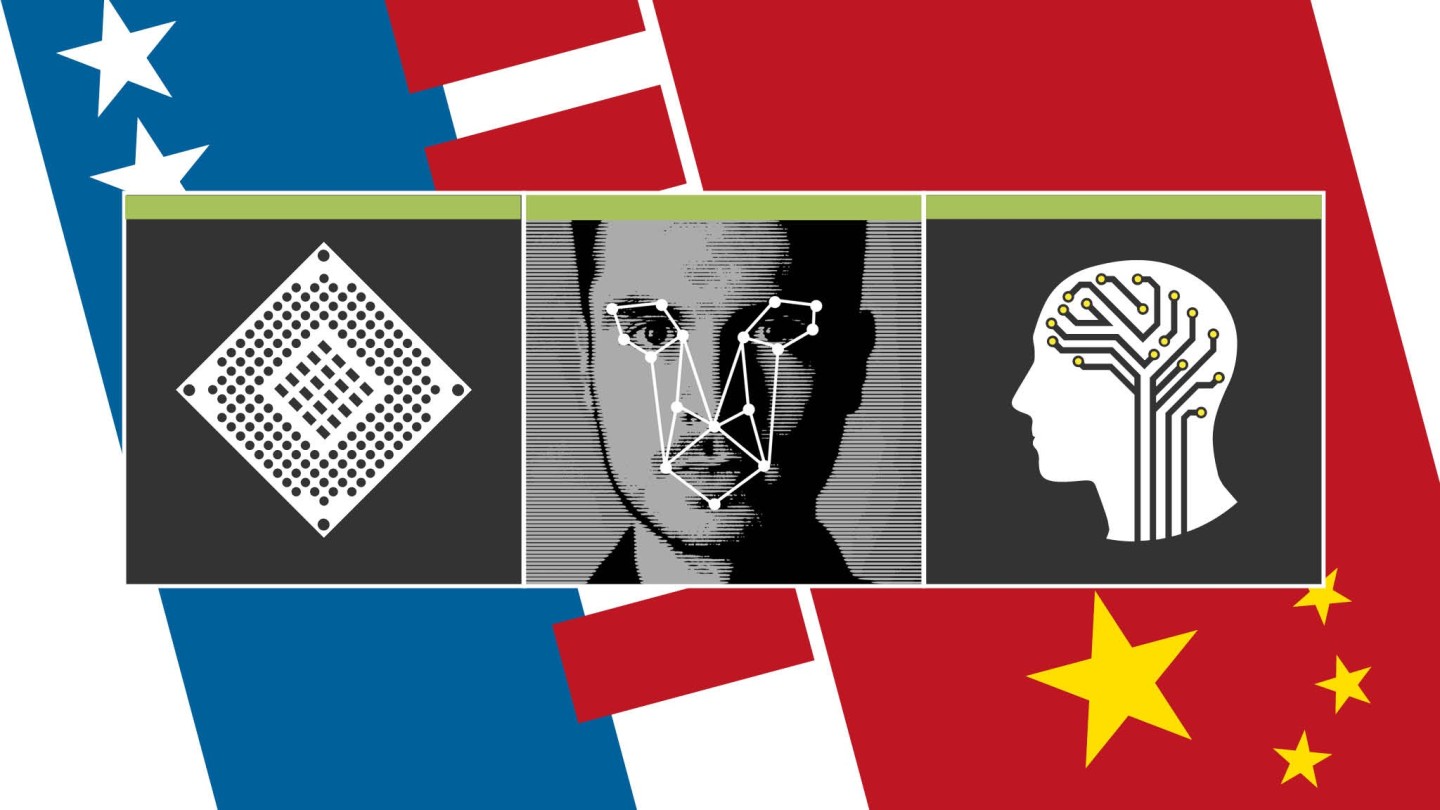
Simply sign up to the Technology myFT Digest -- delivered directly to your inbox.
This article is part of a series on the New Cold War
Zhao Houlin is head of the UN’s telecoms agency, an independent international arbiter that sets some of the rules shaping the modern technology industry. But that does not stop him from letting his patriotism burst into the open.
A former government official in China, Mr Zhao has repeatedly lionised the Belt and Road Initiative, the pet project of Chinese president Xi Jinping to invest in overseas infrastructure. He has also defended Huawei, the controversial Chinese telecoms champion, against US accusations that its equipment can be used for espionage.
“Those preoccupations with Huawei equipment, up to now there is no proof so far,” Mr Zhao, who is secretary-general of the International Telecommunication Union, told reporters in Geneva last year. “I would encourage Huawei to be given equal opportunities to bid for business.”
But it is in his unabashed support for Chinese technology standards that Mr Zhao’s loyalty to Beijing is most striking. Although he was sworn into his ITU role with a pledge to act “with the interest of the union only in view” while avoiding influence from any one country, he regularly celebrates China’s growing presence in the telecoms and internet industries.
“Nowadays in the discussion of relevant ITU standards, China’s technical strength is already in the first echelon and the international community expects China to play a greater role in the UN system,” Mr Zhao was quoted by the People’s Daily, an official Chinese newspaper, as saying last week. In other statements carried by the Chinese media he has praised the role of the country’s telecoms companies in setting new industry standards.
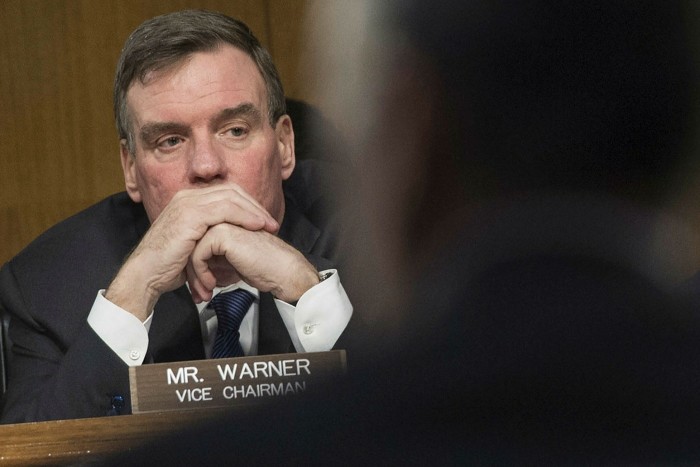
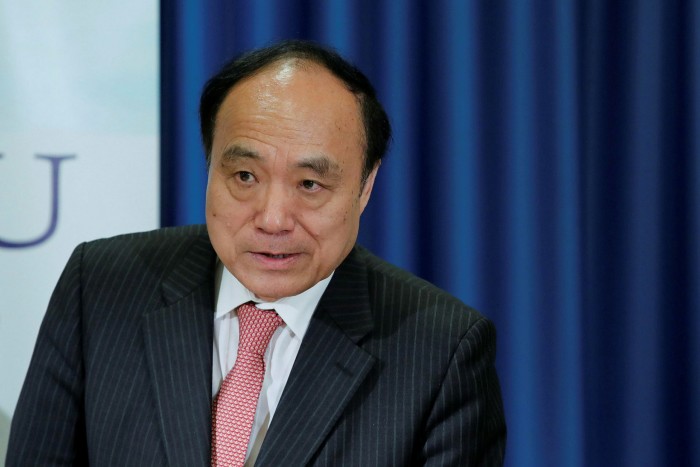
Mr Zhao declined to comment on his statements. His advocacy of China’s interests, however, throws light on the intensifying geopolitical battleground of technological standards, a much overlooked yet crucial aspect of a new struggle for global influence between China and the US.
Such standards might seem obscure, but they are a crucial element of modern technology. If the cold war was dominated by a race to build the most nuclear weapons, the contest between the US and China — as well as the EU — will partly be played out through a struggle to control the bureaucratic rule-setting that lies behind the most important industries of the age.
Gearing up
The commercial and geopolitical power of industrial protocols has long been recognised. Werner von Siemens, the 19th-century German industrialist and innovator who gave his name to the Siemens conglomerate he founded, said: “He who owns the standards, owns the market.”
Standard-setting has for decades largely been the preserve of a small group of industrialised democracies. Everything from the width of train tracks, to software, satellites, the frequencies that mobile phones use and a whole gamut of rules about how electronic gadgets work and process data have been decided by western-dominated standards organisations.
New Cold War
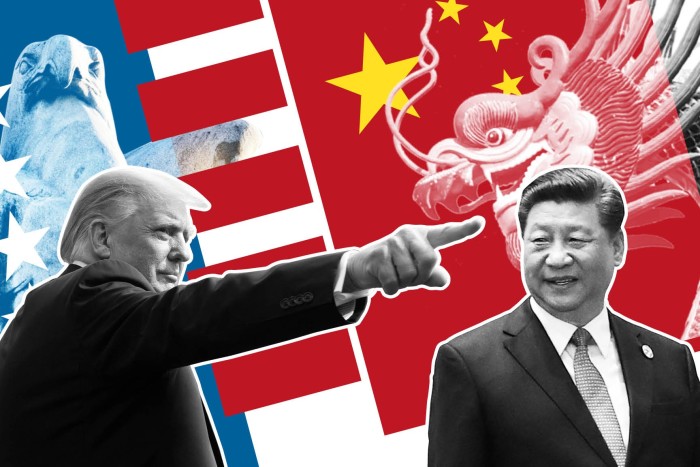
In a series of articles this week, the FT explores how the US-China rivalry is beginning to resemble a new cold war, with the technology world splitting into two blocs and countries being asked to choose sides.
Monday: Trump, Xi and the escalating US-China confrontation
Tuesday: Can supply chains in China be shifted elsewhere?
Thursday: How America turned hawkish on China
But China now has other ideas. “Industrial standards are an important area of contestation in the new cold war, with both Beijing and Washington gearing up to shape the development and implementation of global standards,” says Adam Segal, director of the digital and cyber space policy programme at the Council on Foreign Relations, a New York-based think-tank.
He and other experts say an intensifying US-China battle to dominate standards, especially in emerging technologies, could start to divide the world into different industrial blocs. In the same way that rail passengers who travel from western Europe to some former Soviet bloc countries must to this day change trains to accommodate different track widths, strategic competition between the US and China raises the spectre of a fragmentation of standards that creates a new technological divide.
Mr Segal says it is possible, for example, that 5G mobile telecoms — a bedrock technology that enables the “internet of things” — may be divided into two competing stacks to reflect US and Chinese influence. Some measure of division is also possible in semiconductors, artificial intelligence and other areas where US-China rivalry is intense, he adds.
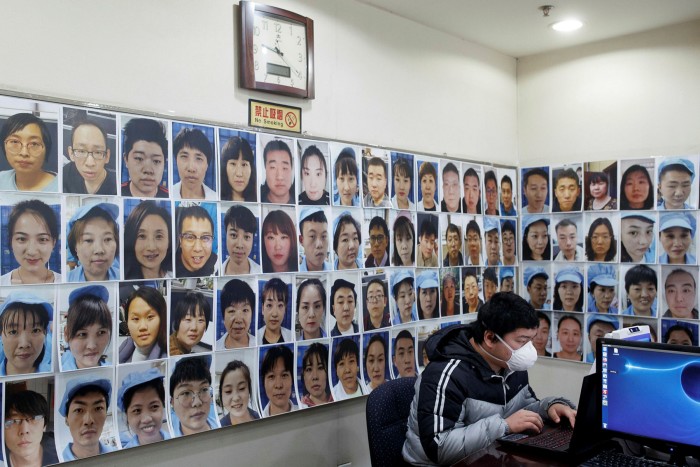
“In some sectors, there will be two stacks that are relatively incompatible,” says Mr Segal. “But in others, there is likely to be some demand that they co-operate. It is possible that large markets that make it clear they do not want to choose between China and the US may be able to pressure Chinese and US tech firms to ensure some degree of compatibility.”
In Washington, the battle for influence over technology standards is seen in some quarters as crucial to defending democracy from the influence of China, which Madeleine Albright, a former secretary of state, describes as “the world’s leading pioneer of what we call techno-authoritarianism”.
Mark Warner, Democratic vice-chair of the US Senate intelligence committee, sees the threat from China in equally unambiguous terms. Beijing is intending to control the next generation of digital infrastructure, he says, and, as it does so, to impose principles that are antithetical to US values of transparency, diversity of opinion, interoperability and respect for human rights.
“Over the last 10 to 15 years, [the US] leadership role has eroded and our leverage to establish standards and protocols reflecting our values has diminished,” Mr Warner told a webinar in September. “As a result others, but mostly China, have stepped into the void to advance standards and values that advantage the Chinese Communist party.”
“Communist party leaders are developing a model of technological governance that . . . would make Orwell blush,” Mr Warner added, referring to George Orwell, the British writer of the dystopian novel 1984.
Such issues are exercising others in Washington too. Two congressmen, David Schweikert and Ami Bera, introduced bipartisan legislation called the Ensuring American Leadership Over International Standards Act in June to commission a study on China’s influence in the setting of global technology standards.
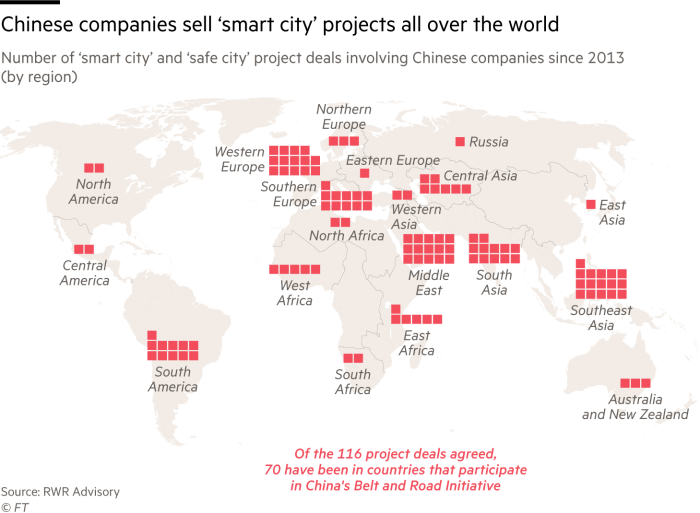
Military and civil applications
From a US perspective, China’s challenge derives from three main areas. First, it is developing world-beating technology in several emerging areas, such as 5G telecoms and AI. Second, as it exports this technology — often to more than 100 countries that participate in the Belt and Road Initiative — it is nurturing adherence to a distinctly Chinese set of standards and protocols. Third, Beijing is boosting its influence in the UN and other standards-setting bodies to enhance the interests of its own companies.
Yang Guang, a Beijing-based senior analyst at Strategy Analytics, a consultancy, says China has long been interested in raising the profile of its technology standards. “It is just that foreigners didn’t pay attention before,” he says, naming as examples TD-SCMA and WAPI, two telecoms standards that largely failed to catch on more than a decade ago.
The Chinese government is working towards a standards master plan — China Standards 2035 — which Beijing was expected to publish before the end of this year. The strategy is expected to set out standardisation goals for crucial next-generation technologies. It is also due to emphasise the imperative to strengthen China’s role in standards organisations, analysts say.
“The strategy will also focus on standards to facilitate civil-military fusion — a concept that has gained considerable traction in China and has caused a stir in strategic communities overseas, particularly in Washington,” wrote research fellow John Seaman in a report this year for the French Institute of International Relations and the Policy Center for the New South.
Military-civil fusion is a plan to use the best of civilian research and development to bolster the technological capacities of the People’s Liberation Army. The drive is led by Mr Xi himself, who heads the Commission for Military-Civil Fusion Development. It is believed to target civilian advances in “dual use” areas such as quantum computing, big data, semiconductors, 5G and AI, but concrete initiatives are shrouded in secrecy.
“China’s greatest potential lies in areas where standards have yet to be collectively developed and defined,” Mr Seaman says. “It can roll out technologies using Chinese standards in foreign markets, creating ‘facts on the ground’.”
Digital silk road
Crucial to the goal of popularising Chinese standards overseas is the Belt and Road Initiative, which Mr Zhao described in a blog on the ITU’s website as holding “so much promise”.
The BRI is generally seen as a huge Chinese programme to build roads, railways, ports, airports and other forms of infrastructure in mostly developing countries. But this portrayal overlooks a key point. The BRI is also a means of diffusing Chinese technologies — and the standards they operate on — across the developing world by constructing what Beijing calls a “digital silk road”.
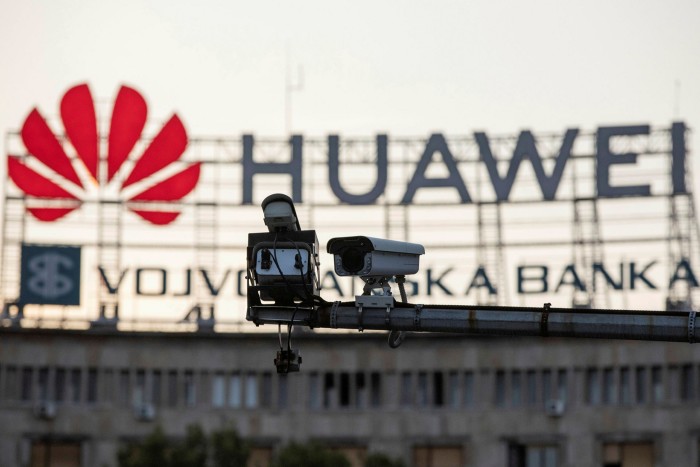
“The Chinese government has been actively promoting its internet and cyber governance playbook in many developing countries, most recently by leveraging 5G connectivity and smart city projects along the digital silk road,” says Rebecca Arcesati, an analyst at Merics, a Berlin-based think-tank.
“Smart cities” are a focus of this standards diffusion effort because they incorporate so many emerging technologies. The facial recognition systems, big data analysis, 5G telecoms and AI cameras that go into creating smart cities are all technologies for which standards remain up for grabs. Thus smart cities, which automate multiple municipal functions, represent a big prize for China’s standards drive.
“China is setting standards from the bottom up through widespread export and foreign adoption of its technology,” says Jonathan Hillman, an analyst at CSIS, a Washington-based think-tank. “A country such as Serbia might not sit down and decide they want to adopt Chinese standards, but after enough purchases and deals, they might end up with Chinese standards. There is the risk of lock-in, a point after which switching becomes too costly.”
Serbia is just one of many countries that has signed up to a Chinese-installed smart city package complete with surveillance cameras supplied by Hikvision, a company blacklisted by the US because of suspected human rights abuses in Xinjiang. Indeed, the smart city package is proving immensely popular for governments that wish to automate services such as traffic management, sewage systems and public safety while keeping a close eye on what its people are up to.
According to research by RWR Advisory, a Washington-based consultancy, Chinese companies have done 116 deals to install smart city and “safe city” packages around the world since 2013, with 70 of these taking place in countries that also participate in the Belt and Road Initiative. The main difference between “smart” and “safe” city equipment is that the latter is intended primarily to surveil and monitor the population, while the former is primarily aimed at automating municipal functions while also incorporating surveillance functions.
Cities in western and southern Europe together signed up to a total of 25 such “smart” and “safe” projects, according to RWR Advisory. Cities in south-east Asia and the Middle East were also key recipients, taking 16 and 15 respectively.
Andrew Davenport, chief operating officer at RWR Advisory, says smart cities open the door to a series of risks. “Smart cities essentially increase the downside risk considerably of cyber intrusions or abuses, both in terms of data security and cyber security,” he says. “The cyber risk that is associated with entities that are subject to Chinese laws and governance structures is amplified in this environment.”
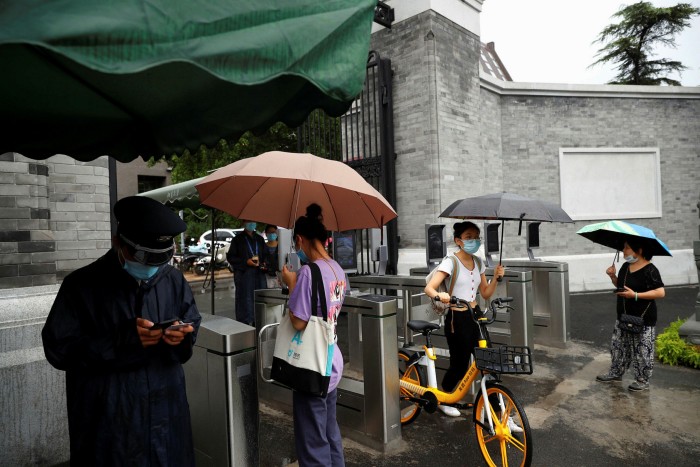
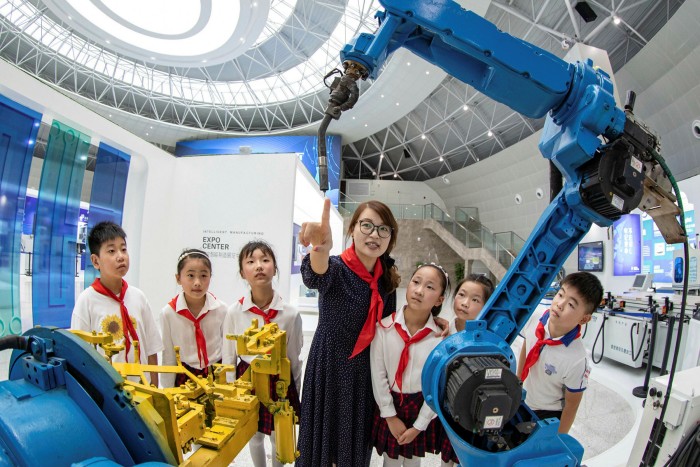
Alongside these export moves designed to inculcate its technology standards, China is also active in signing political agreements to the same end.
The 2019 China Standardisation Development annual report, an official document, makes clear that promoting Chinese technology standards is a BRI priority. As of 2019, some 85 standardisation co-operation agreements with 49 countries and regions had been signed, though scant literature exists on the depth and specific contents of such agreements.
Institutional push
Not content with forging bilateral agreements along the Belt and Road, China is also trying to persuade multilateral standards agencies to recognise its growing clout.
As recently as 2007, China was a minnow in the International Organization for Standardization, one of the world’s leading standards-setting bodies, with 164 member countries. Back then, it had sparse representation on the all-important technical committees and subcommittees that do much to decide which standards to adopt.
But in 2008, Beijing managed to win a place as the sixth permanent member of the ISO’s council and in 2013 it became a permanent member of its technical management board, alongside the US, Japan, the UK, Germany and France. In 2015, the organisation got its first Chinese president when Zhang Xiaogang, a former steel industry executive, was chosen for a three-year term.
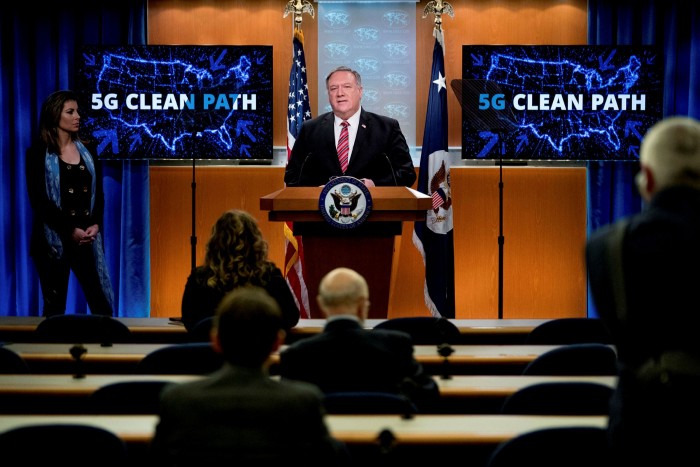
It has been a similar story at the 88-member International Electrotechnical Commission, an organisation that publishes standards on all electronic items. China’s influence at the IEC has grown steadily, culminating in the appointment in January of Shu Yinbiao — who is also chairman of the State Grid Corporation of China — as president of the IEC. Mr Zhao completes the picture as head of the ITU, which he is due to lead until 2023.
The increased representation has had a marked effect on China’s standards-setting clout. As of March 2019, for instance, China had proposed 11 standards for the internet of things within the ISO/IEC framework, of which five had been adopted and published and six were still pending review, Mr Seaman said.
State Grid Corporation of China has also pulled off a coup. The IEC has agreed to take on co-ordinating standards for a concept called Global Energy Interconnection, which essentially aims to create huge grids of power cables that run between countries and continents. If the idea gets off the ground it could directly benefit State Grid, which is the global leader in making ultra-high voltage transmission lines.
The build-up of such institutional firepower in these standards-setting bodies is a sure sign that China is set to wield much more influence over global technological standards. But equally as sure is that the backlash from Washington is building. Europe, for its part, is likely to be squeezed by competing superpower ambitions.
“The non-transparent and authoritarian way in which China is going about data security management at home undermines trust in its standards and platforms abroad,” says Merics analyst Ms Arcesati. “On the other hand, the current US strategy is essentially equating data security with a total and unilateral decoupling from Chinese technology in the digital domain.
“This puts Europe in an extremely difficult position,” she adds.
The worst-case scenario, as described by Mr Seaman, is of a growing technological divide. If international collaboration on standards grinds to a halt, it could create opposing technology blocs that do not talk to each other. “Think of it almost like trying to connect with someone on [Tencent’s] WeChat by using Facebook, but on an industrial scale.”
Mr Davenport sees a similar risk. “If the US does engage more proactively in trying to confront Chinese influence over standard-setting bodies . . . it could lead China to explore creating parallel alternatives. This could ultimately result in a more bifurcated arena on industrial standards.”
Letter in response to this article:
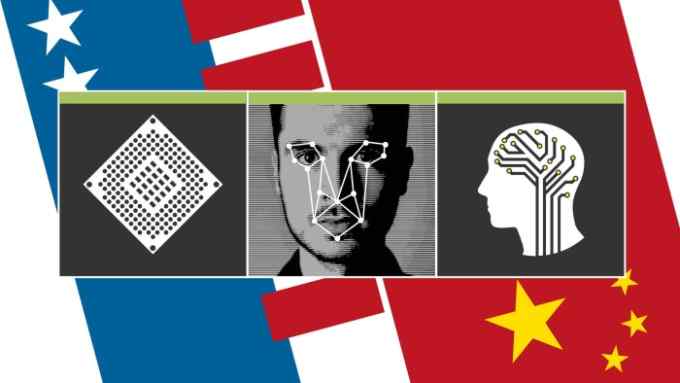
Comments